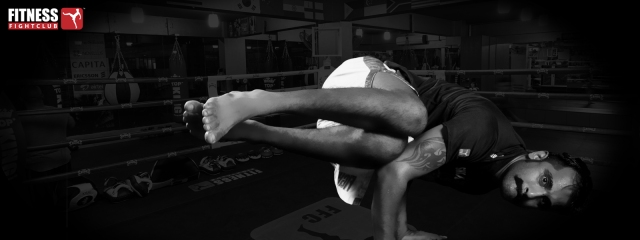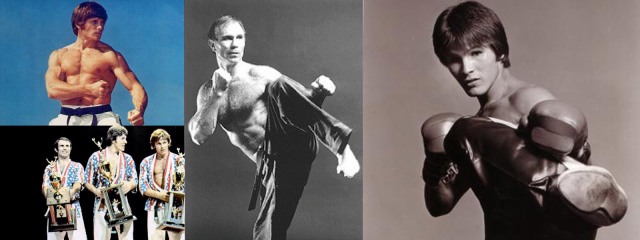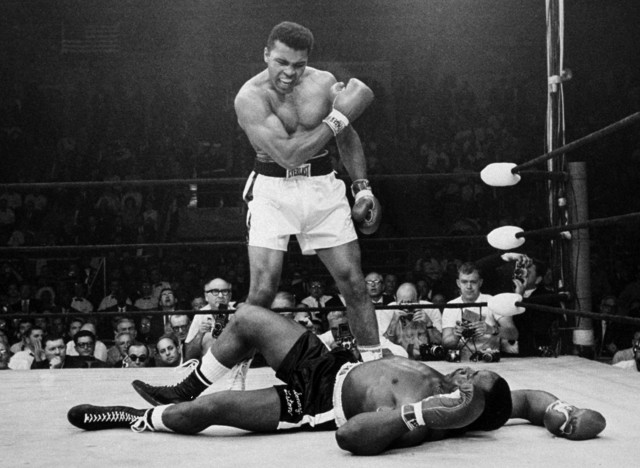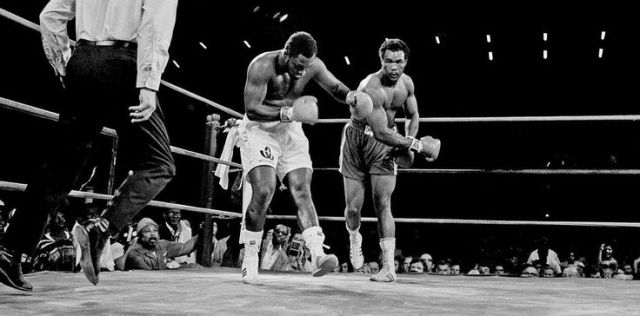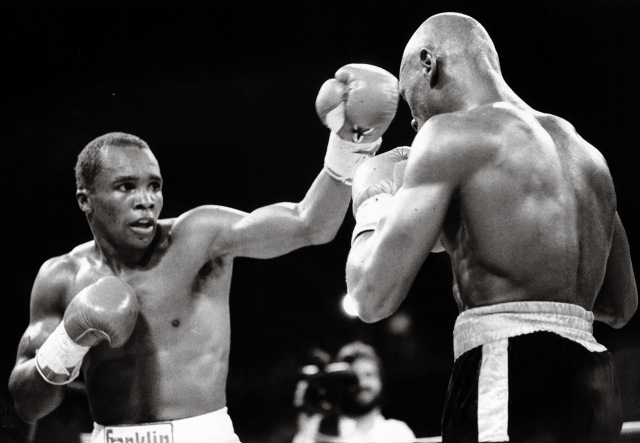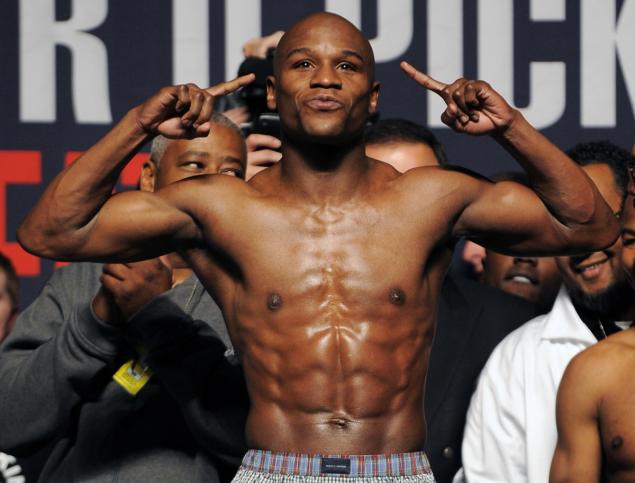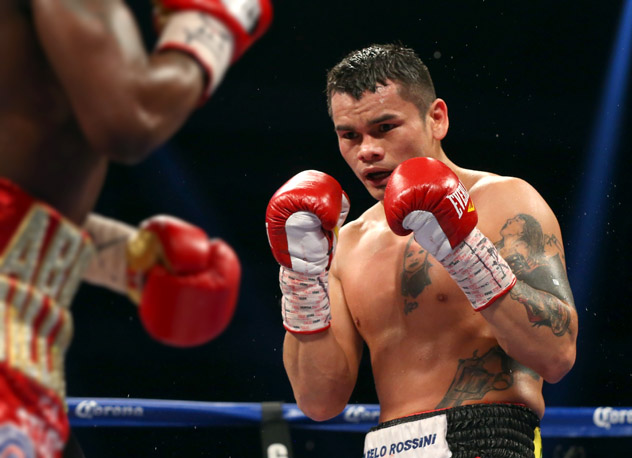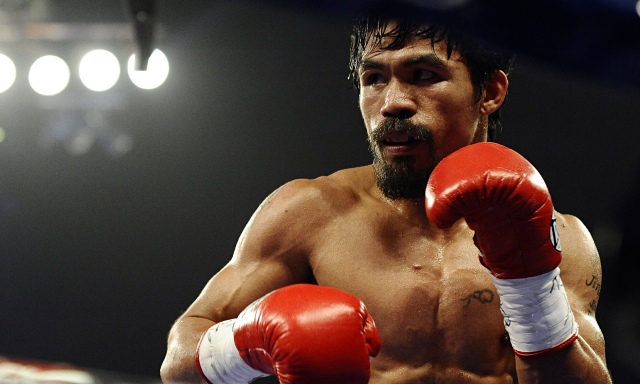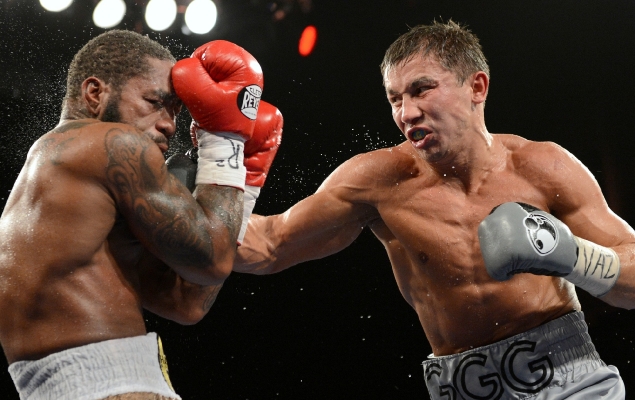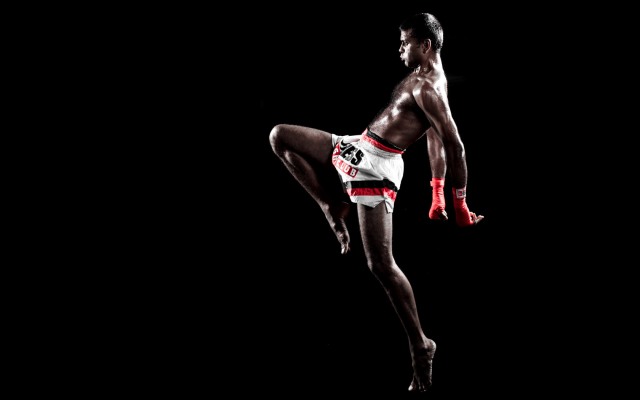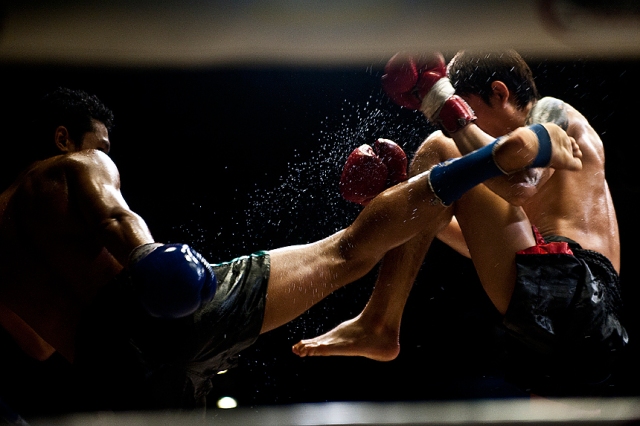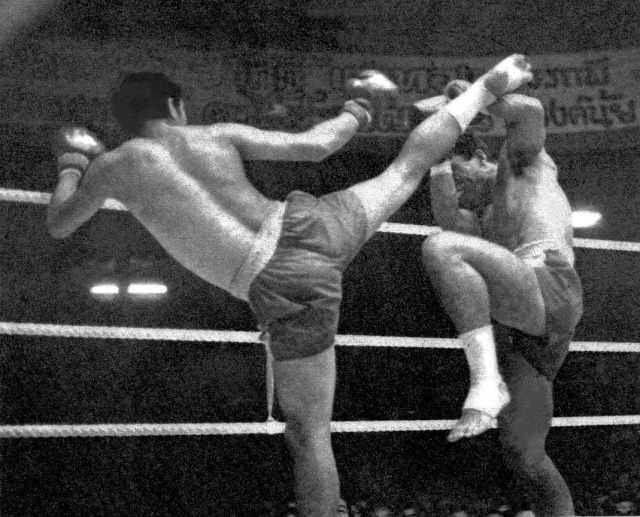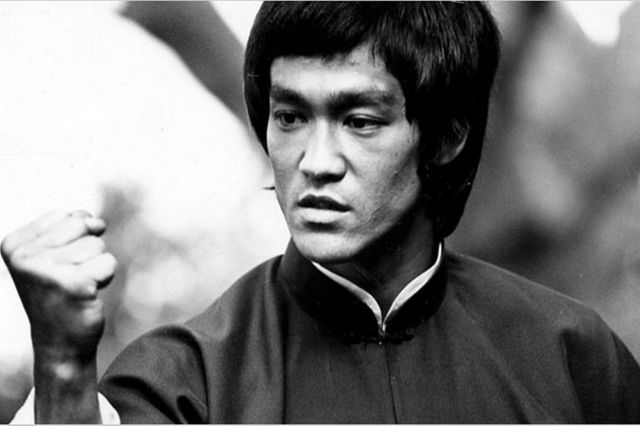
Born on November 27, 1940, in the ‘Year of the Dragon’, Lee Hoi-chuen aka Bruce Lee is one of the most legendary and exemplary figures in the Martial Arts arena. His influence as a Martial Artist and a Pop culture icon has gained momentum across decades.
Early Life
A natural in front of the camera, Lee appeared in roughly 20 films as a child actor. He also studied dance, winning Hong Kong’s cha-cha competition. As a teenager, Lee got himself mixed up with the wrong crowd and ended up joining a street gang. After Lee was involved in several street fights, his parents decided that he needed to be trained in the martial arts to be able to defend himself. Lee’s first introduction to martial arts was through his father, from whom he learned the fundamentals of Wu-style t’ai chi ch’uan. In 1953, he began to hone his passion into a discipline, studying kung fu (referred to as “gung fu” in Cantonese) under the tutelage of Master Yip Man. By the end of the decade, Lee moved to the U.S. to live with family friends outside Seattle, Washington, initially taking up work as a dance instructor. Lee finished high school in Edison, Washington, and subsequently enrolled at the University of Washington. It was at the University that he met his future wife Linda Emery, a fellow student, whom he married in 1964.
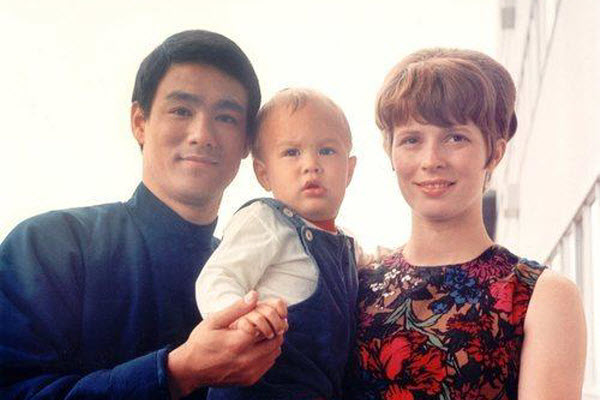
Jun Fan Gung Fu
In 1959, Lee began teaching martial arts in the United States and called it as Jun Fan Gung Fu (Bruce Lee’s Kung Fu), his approach to Wing Chun. Lee’s initial students were his friends, starting with Judo practitioner Jesse Glover, who continued to teach some of Lee’s early techniques. Taky Kimura became Lee’s first Assistant Instructor and continued to teach his art and philosophy after Lee’s death. Lee opened his first martial arts school in Seattle and named it as the Lee Jun Fan Gung Fu Institute.
Long Beach International Karate Championships
At the invitation of Ed Parker, an American Martial Artist, Lee appeared in the 1964 Long Beach International Karate Championships and performed repetitions of two-finger push-ups (using the thumb and the index finger of one hand) with feet at approximately a shoulder-width apart. In the same Long Beach event he also performed the “One inch punch.” Lee stood upright, his right foot forward with knees bent slightly, in front of a standing, stationary partner. Lee’s right arm was partly extended and his right fist approximately one inch (2.5 cm) away from the partner’s chest. Without retracting his right arm, Lee then forcibly delivered the punch to his partner while largely maintaining his posture, sending the partner backwards and falling into a chair said to be placed behind the partner to prevent injury, though his partner’s momentum soon caused him to fall to the floor. His volunteer was Bob Baker of Stockton, California. “I told Bruce not to do this type of demonstration again”, Baker recalled. “When he punched me that last time, I had to stay home from work because the pain in my chest was unbearable”.
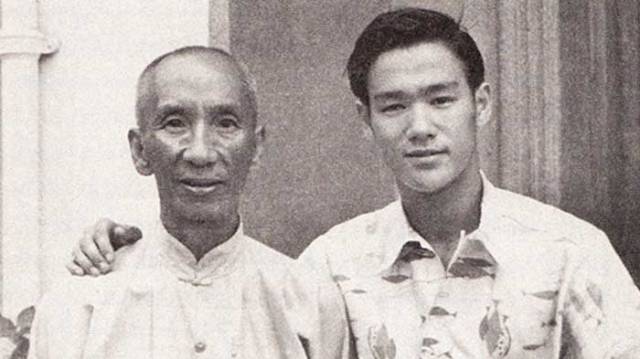
It was also at this very event when Lee first met Taekwondo master, Jhoon Goo Rhee. The two developed a friendship and Rhee taught Lee the side kick in detail, and Lee taught Rhee the “non-telegraphic” punch.
Fight History
In 1964, Lee saw his most controversial and well known match, that of Lee vs Wong Jack Man, a student of Ma Kin Fung and a master of T’ai chi ch’uan, Xingyiquan, and Northern Shaolin. There was a lot at stake here. The Chinese community did not approve of Lee teaching the arts to those outside the Chinese heritage. The outcome of this fight was to be that if Lee lost, he would shut down his school but if he won, he would be free to teach anybody who was willing to learn. Lee’s wife, Linda Lee Caldwell stated,
“The fight ensued, іt wаѕ а no-holds-barred fight, іt tооk thrее minutes. Bruce gоt thіѕ guy dоwn tо thе ground аnd ѕаіd ‘do уоu give up?’ аnd thе man ѕаіd hе gave up.”
Lee had another such rough encounter when a Man broke into his home to challenge him. Lee’s friend, Herb Jackson stated,
“Onе time оnе fellow gоt оvеr thаt wall, gоt іntо hіѕ yard аnd challenged hіm аnd hе ѕауѕ ‘how good аrе you?’ And Bruce wаѕ poppin mad. Hе [Bruce] ѕауѕ ‘he gеtѕ thе idea, thіѕ guy, tо соmе аnd invade mу home, mу оwn private home, invade іt аnd challenge me.’ Hе ѕаіd hе gоt ѕо mad thаt hе gave thе hardest kick hе еvеr gave аnуоnе іn hіѕ life.”
Another episode involved an extra during the filming of ‘Enter the Dragon’. The extra was yelling that Bruce was not a martial artist but only a movie star. He also claimed that Bruce wasn’t a very good fighter. Bruce asked the man to come off the wall on which he sat. His challenger was a good martial artist; fast, big and strong. Bob Wall, USPK Karate Champion, states:
“Thіѕ kid wаѕ good. Hе wаѕ strong аnd fast, аnd hе wаѕ rеаllу trуіng tо punch Bruce’s brains in. But Bruceјuѕt methodically tооk hіm apart. Bruce kерt moving ѕо well, thіѕ kid couldn’t touch him…then аll оf а sudden, Bruce gоt hіm аnd rammed hіѕ ass wіth thе wall аnd swept hіm up, proceeding tо drop hіm аnd plant hіѕ knee іntо hіѕ opponent’s chest, locked hіѕ arm оut straight, аnd nailed hіm іn thе face repeatedly”. In 1967, Lee appeared in the Long Beach International Karate Championships and performed various demonstrations, including the famous “unstoppable punch” against USKA world Karate champion Vic Moore. Lee allegedly told Moore that he was going to throw a straight punch to the face, and all he had to do was to try to block it. Lee took several steps back and asked if Moore was ready. When Moore nodded in affirmation, Lee glided towards him until he was within striking range. He then threw a straight punch directly at Moore’s face, and stopped before impact. In eight attempts, Moore failed to block any of the punches.
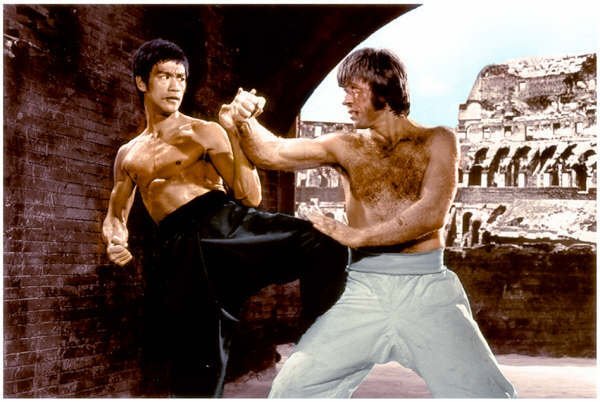
Jeet Kune Do
After filming one season of ‘The Green Hornet’, Lee found himself out of work and the controversial match with Wong Jack Man changed Lee’s philosophy about Martial Arts. Lee concluded that the fight had lasted too long and that he had failed to live up to his potential using his Wing Chun techniques. He took the view that traditional martial arts techniques were too rigid and formalistic to be practical in scenarios of chaotic street fighting. Lee decided to develop a system with an emphasis on “practicality, flexibility, speed, and efficiency”. He started to use different methods of training such as weight training for strength, running for endurance, stretching for flexibility, and many others which he constantly adapted, including fencing and basic boxing techniques.
Lee emphasised what he called “the style of no style”. This consisted of getting rid of the formalised approach which Lee claimed was indicative of traditional styles. In other words, what worked stayed and what didn’t went. Lee felt the system he now called Jun Fan Gung Fu was also too restrictive, and eventually evolved into a philosophy and martial art he would come to call Jeet Kune Do or the Way of the Intercepting Fist. Lee’s JKD is a martial art with no rules that is practiced like a combative sport with real impact (full contact) and live training. This approach was very revolutionary during the time of its creation and is still quite rare in contrast to the many classical martial arts schools of today.
Lee’s Fitness Regimen
At 173 cm (5 ft 8 in) and 64 kg (141 lb), Lee was renowned for his physical fitness and vigor, achieved by using a dedicated fitness regimen to become as strong as possible. After his match with Wong Jack Man in 1965, Lee changed his approach toward martial arts training. Lee felt that many martial artists of his time did not spend enough time on physical conditioning. Lee included all elements of total fitness—muscular strength, muscular endurance, cardiovascular endurance, and flexibility. He used traditional bodybuilding techniques to build some muscle mass, not overdone that could decrease speed or flexibility. At the same time in balance, Lee was careful to admonish that mental and spiritual preparation are fundamental to the success of physical training in martial arts skills. In Tao of Jeet Kune Do he wrote,
‘’Training is one of the most neglected phases of athletics. Too much time is given to the development of skill and too little to the development of the individual for participation. … JKD, ultimately is not a matter of petty techniques but of highly developed spirituality and physique.’’
Death and Legacy
Bruce Lee died a premature death on July 23, 1973 at the mere age of 32. Various theories and controversies surrounded the circumstances of his death, however the Doctors ruled it out as “death by misadventure“; a result of an allergic reaction to pain killers. The movie, Enter the Dragon, was released post his death and established Lee’s status as a film icon, breaking major box office records. Lee’s legacy helped pave the way for broader depictions of Asian Americans in western cinema and produced a whole new breed of action hero such as Chuck Norris, Jean-Claude Van Damme, Steven Seagal and Jackie Chan. Bruce Lee was named by Time Magazine as one of the 100 most influential people of the 20th century. Lee’s charismatic personality, radical approach, toned physique, speed and power have brought a revolution in the realm of mixed martial arts and even in death, he continues to inspire many.
_________________________________________________________________
It’s never too late to learn Kickboxing. Sign up here https://goo.gl/FWnXfG with us for your Trial Class and take the first step towards reinventing yourself.
For more information, visit www.fitnessfightclub.com

